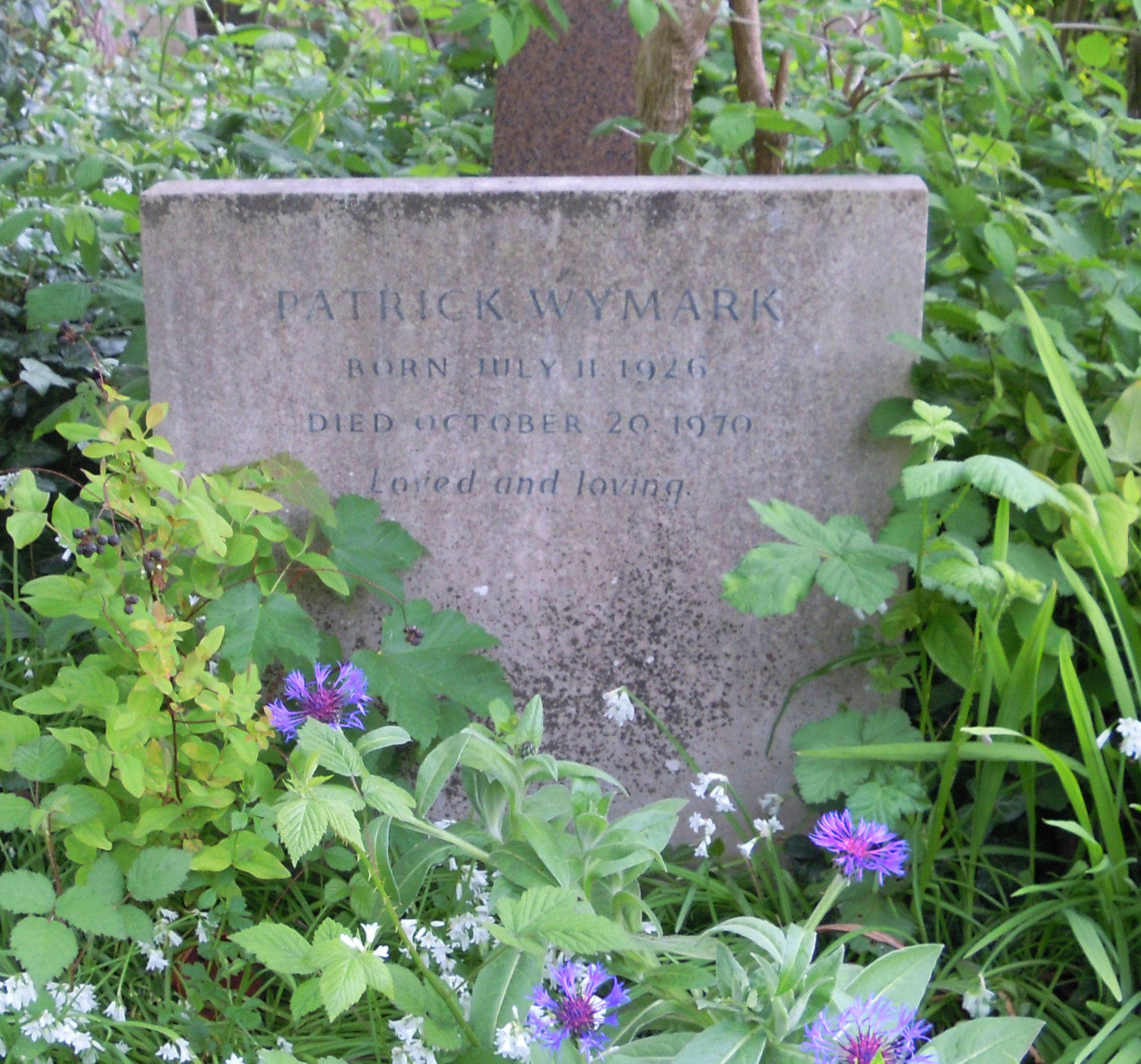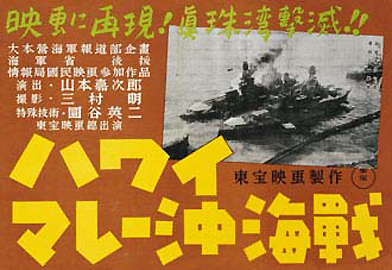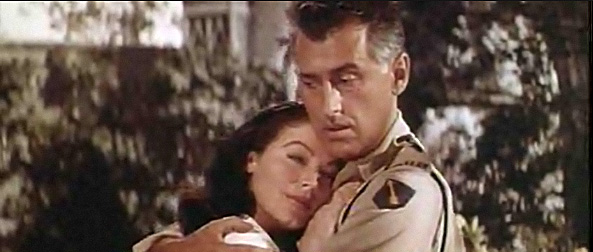|
Battle Of Britain (film)
''Battle of Britain'' is a 1969 British war film documenting the events of the Battle of Britain, the war for aerial supremacy between the German Luftwaffe and the defending Royal Air Force waged over British skies during summer of 1940. The nature of the subject drew many respected British actors to accept roles as key figures of the battle, including Laurence Olivier as Air Chief Marshal Hugh Dowding, 1st Baron Dowding, Sir Hugh Dowding, Trevor Howard as Air Vice-Marshal Keith Park, and Patrick Wymark as Air Vice-Marshal Trafford Leigh-Mallory. Directed by Guy Hamilton and produced by Harry Saltzman and S. Benjamin Fisz, it also starred Michael Caine, Christopher Plummer, and Robert Shaw (actor), Robert Shaw as Squadron Leaders. The script by James Kennaway and Wilfred Greatorex was based on the book ''The Narrow Margin'' by Derek Wood (author), Derek Wood and Derek Dempster. The film endeavoured to be a generally accurate account of the Battle of Britain, when in the summer ... [...More Info...] [...Related Items...] OR: [Wikipedia] [Google] [Baidu] |
Guy Hamilton
Mervyn Ian Guy Hamilton (16 September 1922 – 20 April 2016) was an English film director. He directed 22 films from the 1950s to the 1980s, including four James Bond films. Early life Hamilton was born in Paris on 16 September 1922, son of Frederick William Guy Hamilton (1895-1988), press attaché to the British embassy in Paris and Captain in the King's Own Royal Regiment (Lancaster), King's Own Royal Lancaster Regiment, and Winifred Grace Culling (1895-1970), daughter of William Archibald Culling Fremantle, of the Church Missionary Society in India. His mother was a great-granddaughter of the Christian campaigner Sir Culling Eardley, 3rd Baronet, and of the politician Thomas Fremantle, 1st Baron Cottesloe. His parents divorced in 1923, and Hamilton attended school in England. His first exposure to the film industry came in 1938, when he was a clapperboard boy at the Victorine Studios in Nice. At the outbreak of the Second World War in 1939, Hamilton escaped from France by t ... [...More Info...] [...Related Items...] OR: [Wikipedia] [Google] [Baidu] |
Patrick Wymark
Patrick Wymark (11 July 192620 October 1970) was an English stage, film and television actor. Early life Wymark was born Patrick Carl Cheeseman in Cleethorpes, Lincolnshire. He was brought up in neighbouring Grimsby and frequently revisited the area at the height of his career. He was educated at St Mary's Catholic School and Oasis Academy Wintringham, Wintringham Boys' Grammar School in Grimsby, before joining the Royal Navy and serving as a midshipman in the Mediterranean Sea, Mediterranean. On leaving the navy, he received a government grant to study at University College London, where he read English and performed in the university's dramatic society. Career Wymark dropped out of university to train at the Bristol Old Vic Theatre School and making his first stage appearance in a walk-on part in ''Othello'' in 1951. He toured South Africa the following year and then directed plays for the drama department at Stanford University, California. After moving to the Shakespeare M ... [...More Info...] [...Related Items...] OR: [Wikipedia] [Google] [Baidu] |
Air Vice-Marshal
Air vice-marshal (Air Vce Mshl or AVM) is an air officer rank used by some air forces, with origins from the Royal Air Force. The rank is also used by the air forces of many countries which have historical British influence and it is sometimes used as the English translation of an equivalent rank in countries which have a non-English air force-specific rank structure. Air vice-marshal is usually equivalent to the naval rank of rear admiral or a rank of major general in an army. The rank of air vice-marshal is immediately senior to the rank of air commodore and immediately subordinate to the rank of air marshal. Since before the Second World War it has been common for air officers commanding RAF groups to hold the rank of air vice-marshal. In small air forces such as the Royal New Zealand Air Force and the Ghana Air Force, the head of the air force holds the rank of air vice-marshal. The equivalent rank in the Women's Auxiliary Air Force, Women's Auxiliary Australian ... [...More Info...] [...Related Items...] OR: [Wikipedia] [Google] [Baidu] |
Hugh Dowding, 1st Baron Dowding
Air Chief Marshal Hugh Caswall Tremenheere Dowding, 1st Baron Dowding, (24 April 1882 – 15 February 1970) was a senior officer in the Royal Air Force. He was Air Officer Commanding RAF Fighter Command during the Battle of Britain and is generally credited with playing a crucial role in Britain's defence, and hence, the defeat of Operation Sea Lion, Adolf Hitler's plan to invade Britain. Born in Moffat, Scotland, Dowding was an officer in the British Army in the 1900s and early 1910s. He joined the Royal Flying Corps at the start of the First World War and went on to serve as a fighter pilot and then as commanding officer of No. 16 Squadron. During the inter-war years he became Air Officer Commanding Fighting Area, Air Defence of Great Britain and then joined the Air Council as Air Member for Supply and Research. In July 1936, Dowding was appointed chief of the newly created RAF Fighter Command. During the Battle of Britain in the Second World War, Dowding's Fighter Command ... [...More Info...] [...Related Items...] OR: [Wikipedia] [Google] [Baidu] |
Air Chief Marshal
Air chief marshal (Air Chf Mshl or ACM) is a high-ranking air officer rank used by some air forces, with origins from the Royal Air Force. The rank is used by air forces of many Commonwealth of Nations, countries that have historical British influence. This rank is also equivalent to an Admiral in a List of navies, navy or a full general in an List of armies by country, army or other nations' air forces. The rank of air chief marshal is immediately senior to the rank of air marshal but subordinate to marshal of the air force. Air chief marshals are sometimes generically considered to be air marshals. Australia In the Royal Australian Air Force, this rank is only used when the Chief of the Defence Force (Australia), Chief of the Defence Force is an Air Force officer. When this is not the case, the senior ranking Air Force officer is the Chief of Air Force (Australia), Chief of Air Force, holding the rank of air marshal (Australia), air marshal. With the establishment of t ... [...More Info...] [...Related Items...] OR: [Wikipedia] [Google] [Baidu] |
Royal Air Force
The Royal Air Force (RAF) is the Air force, air and space force of the United Kingdom, British Overseas Territories and Crown Dependencies. It was formed towards the end of the World War I, First World War on 1 April 1918, on the merger of the Royal Flying Corps (RFC) and the Royal Naval Air Service (RNAS). Following the Allies of World War I, Allied victory over the Central Powers in 1918, the RAF emerged as the largest air force in the world at the time. Since its formation, the RAF has played History of the Royal Air Force, a significant role in Military history of the United Kingdom, British military history. In particular, during the Second World War, the RAF established Air supremacy, air superiority over Nazi Germany's Luftwaffe during the Battle of Britain, and led the Allied strategic bombing effort. The RAF's mission is to support the objectives of the British Ministry of Defence (United Kingdom), Ministry of Defence (MOD), which are to "provide the capabilities nee ... [...More Info...] [...Related Items...] OR: [Wikipedia] [Google] [Baidu] |
Luftwaffe
The Luftwaffe () was the aerial warfare, aerial-warfare branch of the before and during World War II. German Empire, Germany's military air arms during World War I, the of the Imperial German Army, Imperial Army and the of the Imperial German Navy, Imperial Navy, had been disbanded in May 1920 in accordance with the terms of the 1919 Treaty of Versailles, which banned Germany from having any air force. During the interwar period, German pilots were trained secretly in violation of the treaty at Lipetsk (air base), Lipetsk Air Base in the Soviet Union. With the rise of the Nazi Party and the repudiation of the Versailles Treaty, the Luftwaffe's existence was publicly acknowledged and officially established on 26 February 1935, just over two weeks before open defiance of the Versailles Treaty through German rearmament and conscription would be announced on 16 March. The Condor Legion, a Luftwaffe detachment sent to aid Nationalist faction (Spanish Civil War), Nationalist for ... [...More Info...] [...Related Items...] OR: [Wikipedia] [Google] [Baidu] |
Battle Of Britain
The Battle of Britain () was a military campaign of the Second World War, in which the Royal Air Force (RAF) and the Fleet Air Arm (FAA) of the Royal Navy defended the United Kingdom (UK) against large-scale attacks by Nazi Germany's air force, the Luftwaffe. It was the first major military campaign fought entirely by air forces."92 Squadron – Geoffrey Wellum." ''Battle of Britain Memorial Flight'' via ''raf.mod.uk.''. Retrieved: 17 November 2010, archived 2 March 2009. It takes its name from This was their finest hour, the speech given by Prime Minister Winston Churchill to the House of Commons of the United Kingdom, House of Commons on 18 June: "What Maxime Weygand, General Weygand called the 'Battle of France' is over. I expect that the Battle ... [...More Info...] [...Related Items...] OR: [Wikipedia] [Google] [Baidu] |
War Film
War film is a film genre concerned with warfare, typically about navy, naval, air force, air, or army, land battles, with combat scenes central to the drama. It has been strongly associated with the 20th century. The fateful nature of battle scenes means that war films often end with them. Themes explored include combat, survival and escape, camaraderie between soldiers, sacrifice, the futility and inhumanity of battle, the effects of war on society, and the moral and human issues raised by war. War films are often categorized by their milieu, such as the Korean War; the most popular subjects are the World War II, Second World War and the American Civil War. The stories told may be fiction, historical drama, or biographical. Critics have noted similarities between the Western (genre), Western and the war film. Nations such as China, Indonesia, Japan, and Russia have their own traditions of war film, centred on their own revolutionary wars but taking varied forms, from action an ... [...More Info...] [...Related Items...] OR: [Wikipedia] [Google] [Baidu] |
United Artists
United Artists (UA) is an American film production and film distribution, distribution company owned by Amazon MGM Studios. In its original operating period, it was founded in February 1919 by Charlie Chaplin, D. W. Griffith, Mary Pickford and Douglas Fairbanks as a venture premised on allowing actors to control their own financial and artistic interests rather than being dependent upon commercial studios. After numerous ownership and structural changes and revamps, United Artists was acquired by media conglomerate Metro-Goldwyn-Mayer (MGM) in 1981 for a reported $350 million ($ billion today). On September 22, 2014, MGM acquired a controlling interest in One Three Media and Lightworkers Media and merged them to revive the television production unit of United Artists as United Artists Media Group (UAMG). MGM itself acquired UAMG on December 14, 2015, and folded it into MGM Television, their own television division. MGM briefly revived the United Artists brand as United Artist ... [...More Info...] [...Related Items...] OR: [Wikipedia] [Google] [Baidu] |
Bert Bates
Bert Bates (18 August 1907 – 23 April 1976) was a British film editor, sometimes credited as A. S. Bates. He worked on more than sixty films during his career. Bates edited his first feature film, ''Many Waters'', in 1931. He went on to be employed by many leading British studios, working on films by directors including Alfred Hitchcock, Anatole Litvak and Carol Reed. Selected filmography * ''Many Waters'' (1931) * ''Brother Alfred'' (1932) * '' Fires of Fate'' (1932) * '' Verdict of the Sea'' (1932) * '' Leave It to Me'' (1933) * '' Heads We Go'' (1933) * '' You Made Me Love You'' (1933) * ''Happy'' (1933) * '' Girls Will Be Boys'' (1934) * '' Man of the Moment'' (1935) * '' It's in the Bag'' (1936) * ''Gypsy'' (1937) * '' The Return of Carol Deane'' (1938) * '' The Midas Touch'' (1940) * '' White Cradle Inn'' (1947) * '' Idol of Paris'' (1948) * '' Under Capricorn'' (1949) * '' The Cure for Love'' (1949) * ''Outcast of the Islands'' (1951) * ''Happy Go Lovely'' (1951) * ' ... [...More Info...] [...Related Items...] OR: [Wikipedia] [Google] [Baidu] |
Freddie Young
Frederick A. Young (9 October 1902 – 1 December 1998) was an English cinematographer. Sometimes credited as F. A. Young, his career in motion picture photography spanned more than 130 films across nearly 70 years, between 1919 and 1984. He was best known for the sweeping, lush widescreen color photography he displayed through his collaborations with director David Lean. He won the Academy Award for Best Cinematography three times - for '' Lawrence of Arabia'' (1962), '' Doctor Zhivago'' (1965) and '' Ryan's Daughter'' (1970) - all directed by Lean. In 1972, he was made a BAFTA Fellow by the British Academy of Film and Television Arts. In 2003, a survey conducted by the International Cinematographers Guild placed Young among the ten most influential cinematographers of all time. Life and career Young was born in London in 1902, and raised in the West London suburb of Shepherd's Bush. At the age of 15 in 1917, he began working at the Gaumont-British Picture Corporation, ... [...More Info...] [...Related Items...] OR: [Wikipedia] [Google] [Baidu] |





